|
When we were looking at the home we’d eventually buy in rural Portugal, one of the pluses (besides the glorious view) was the location. It was perfect for generating our own electricity using solar panels. This blog details the process we went through to have a system installed and some details on how those are performing. Let’s dig in! Solar Panels After Installation The property we bought in Central Portugal included an annex with good southwest exposure, and the roof area was sufficiently large to handle a series of solar panels. Since the annex was separate from the house we hoped that would reduce any panel noise in the event of strong winds, which happen frequently up on our mountain. Our goals were straightforward: We wanted to generate electricity during the day, plus we wanted the possibility of storing any excess energy for use during the nighttime, or on days when the sun was not shining. Living in a rural area there was always a possibility that the electrical grid might fail (it's happened). Since we live in a rural area and sometimes driving down the mountain isn't an option, we have both of our refrigerators stocked with extra food. We also wanted a backup for our fireplace boiler during the winter. So essentially a system that would act as an UPS (uninterruptible power supply) so if we were ever to lose the grid we could still operate the system off-grid. Something that is not well known is that most solar systems will completely shut down in the event of a grid failure. Even if the sun is shining, your solar panels will turn off and you’ll be without electrical power. This is to prevent any feedback of your solar energy to the grid and the real possibility of killing a lineman who might be repairing that the power system. Having solar batteries solves that issue. Power Meter Prior to making contact with solar installers, I (Harold) wanted to obtain some solid data about our daily electrical usage. And I wanted more detail than the monthly meter readings we do for our energy supplier (EDP). In usual engineer fashion, I went overboard. I purchased a Watt-hour meter that I could put in the electrical panel, and connected it to a RaspberryPi computer. This took samples of our voltage, frequency and power usage (Kilowatts) every five minutes and plotted the data on an Excel spreadsheet. It was rather surprising to find out how much energy we used for different things during the day. We have a big spike in usage while we are making coffee and toast for breakfast. Other big users are the oven, and of course the electric space heaters for those cold mornings. When we run the mini-splits for air conditioning in the upstairs bedrooms we use some energy, but a surprisingly small amount. Since we heat with wood and our range and hot water is gas, those things do not impact the power usage. However, the pump that circulates the heat generated by the wood fireplace does require electricity. Graph of Daily Energy Usage I also set up a camera to take a time-lapse video of the sun exposure to judge what the solar panels would receive. It was fortunate that I did that as there is a specific time of day that the house casts a shadow on one set of panels. Why does this matter? If one of the panels is shaded, it will take the whole string offline. I know it is possible to use micro-inverters to avoid this, but we wanted a DC-coupled system so we elected to install a second MPPT charge controller to reduce the effect of this shading. This is only an issue in the winter when the sun is low in the sky and the rest of the year we do not have a problem with shading. This is a compromise since it is during the winter we wished to collect as much sunlight as possible since the days are shorter and the hours we are going to be running off the batteries are much longer. We chose Lithium Iron Phosphate batteries for our backup, and we have about 10kWh of battery capacity on the system. Normally we average about 11 kWh of power per day at the house, so this is more than sufficient to get us through the evening and night hours when we aren’t using a lot of electricity. We have been running our dishwasher, oven, washer, and other high-usage appliances (the tea kettle is really power hungry) while the sun is shining. During the past few weeks it has been very hot here (the hottest day was 106F/41C) and we are running the mini-splits during the day to keep the upstairs area cool. We still have much more energy capacity from the panels than we can use. Our batteries are normally fully charged by noon and the rest of the day the panels only supply the needs for the house and are otherwise idle. Solar Control System with Batteries We have now signed a contract to sell our excess electricity back to the grid, and registered with the Portuguese tax authorities (Finanças) to report those sales. But there are some considerations. Even so in our area daytime cost for electricity is about 0.15€ per kilowatt hour, the electric company will only pay us 0.05 or 0.06€/kWh for our excess power. When we sell the power, we pay sales taxes (IVA) on the amount we produce so it is not all that lucrative. We discussed it and decided that once we’re registered with the government we will go ahead and sell the excess since it seems a shame to “waste” it. I suspect there will be another blog post on what that involves. So far our electricity bill has dropped from a monthly average of 85€ to 29€ in the summer to 35€ in the winter. We have now changed some of the billing features, such as reducing the potência and setting up day/night billing (bi-horário diário) rather than the Simple which would mean we could take advantage of the lower rates late at night in the event our batteries run out of juice. To be honest, I’m not sure we will ever completely pay for the system with energy savings alone, but this was something we could do to help the environment and also give us backup power in the event the grid failed. Since we live in the countryside, that is always a possibility. We’ve had a couple of instances where we have lost power in the winter when we were using the fireplace and had to quickly shut everything down to avoid boiling the water in the water jacket because we didn’t have the pusmp running to move the water through the radiators. Also, since we live on a mountain, we usually stock a lot of food in the freezer that we wouldn’t want to lose if we had an extended power failure. Both of those issues are mitigated as if we ever lose grid, since the system switches over to 100% battery and solar and keeps right on producing power for the house, providing that there is sunlight to be collected. So besides the environmental issues, it also gives us some peace of mind. If you want much more detail regarding the solar installation and the pre-install monitoring, please check out my blog posts at: www.HaroldBuehl.com All in all, we’ve been pleased with how the system has preformed and are looking forward to obtaining more data as we go through the year. Comments are closed.
|
Your HostsHarold is a former software engineer. Jana is an author. Together they're exploring their new life in Portugal. Archives
December 2022
Categories
All
|
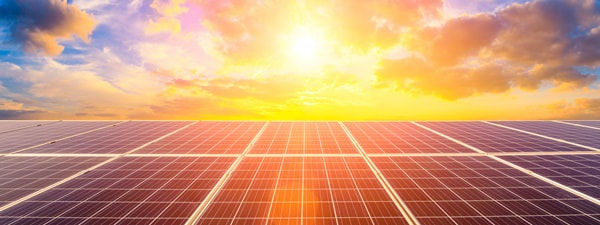
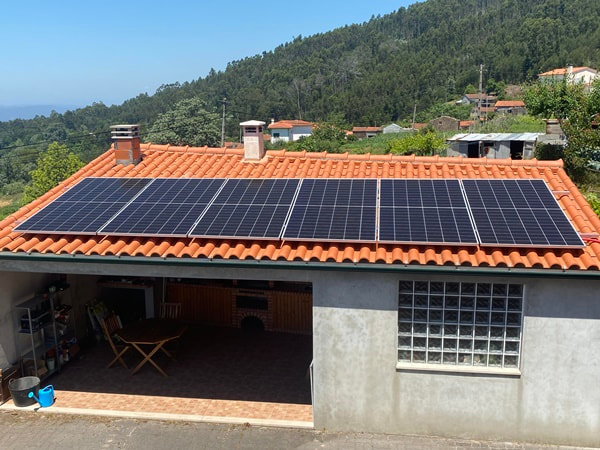
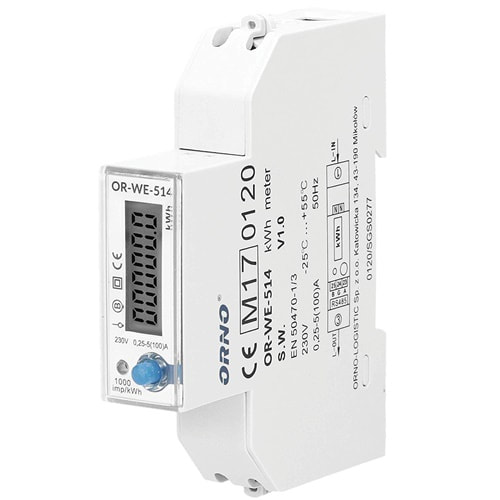
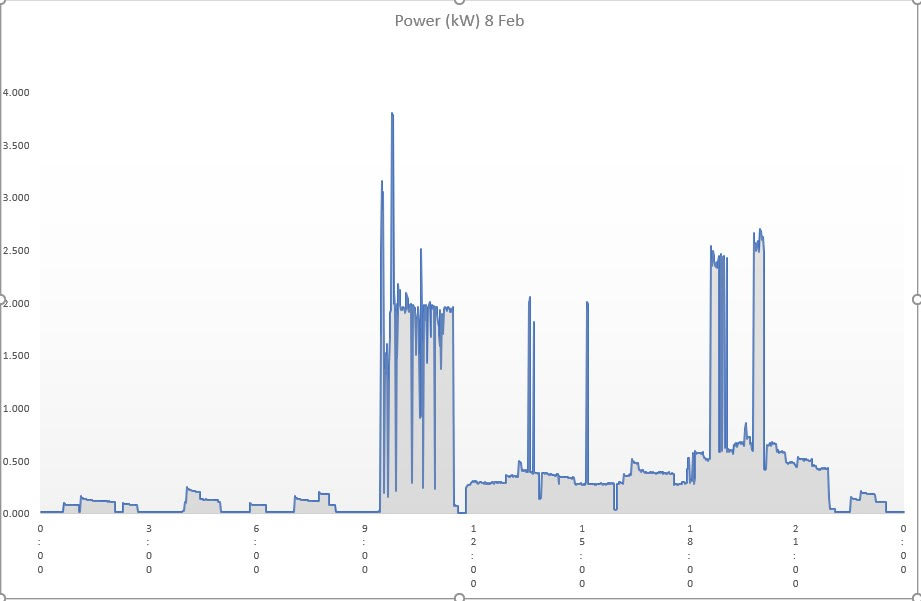
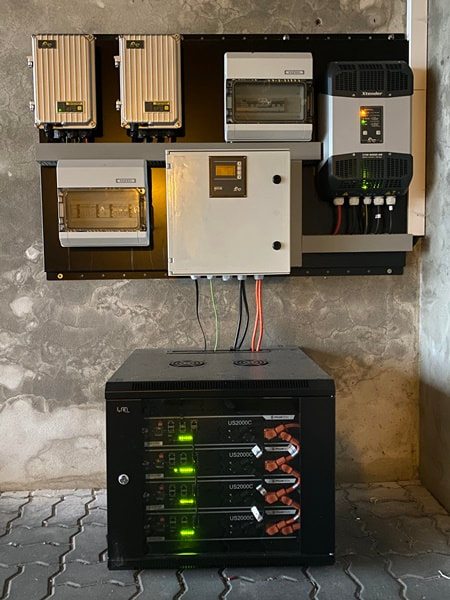
 RSS Feed
RSS Feed